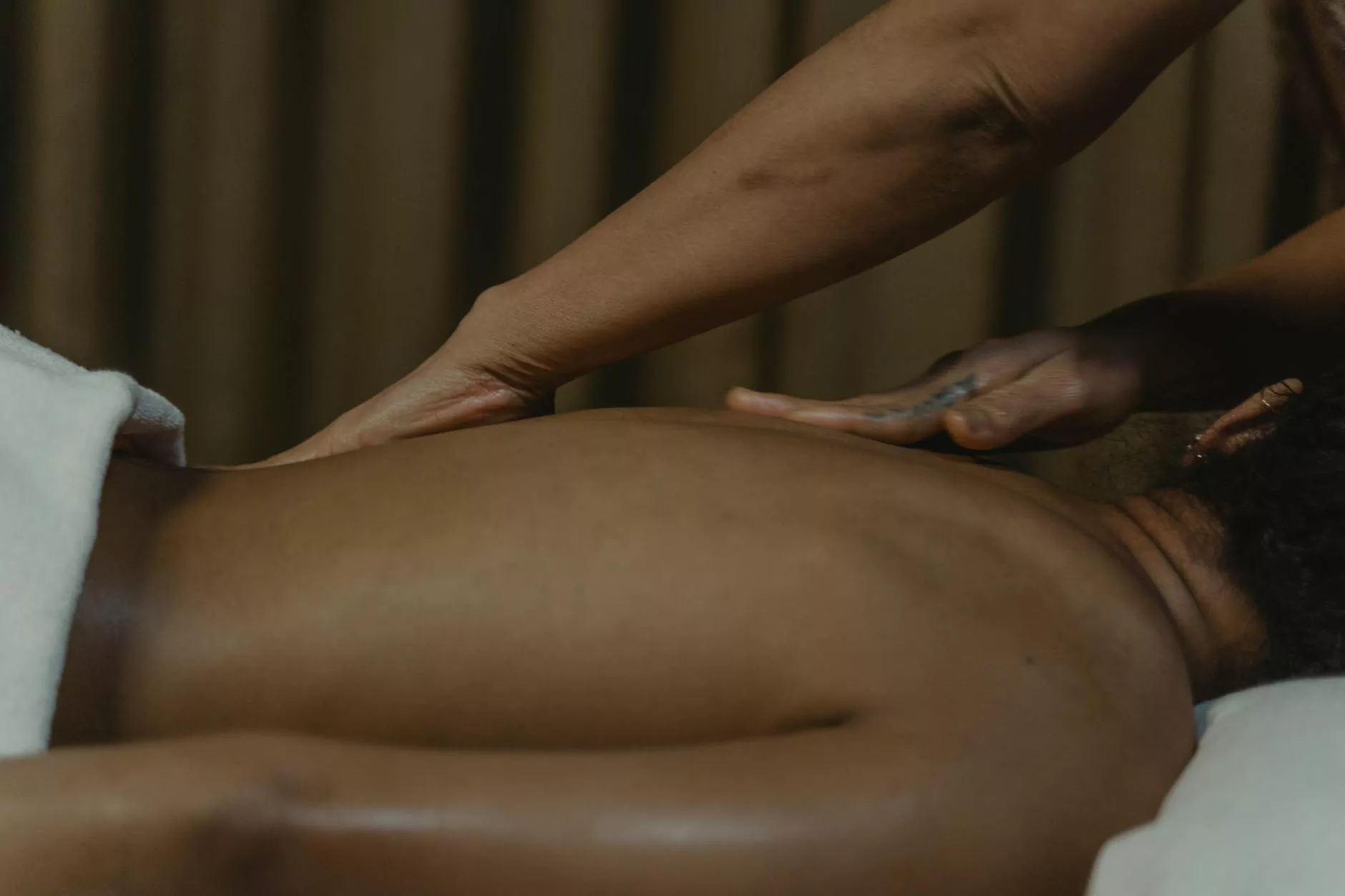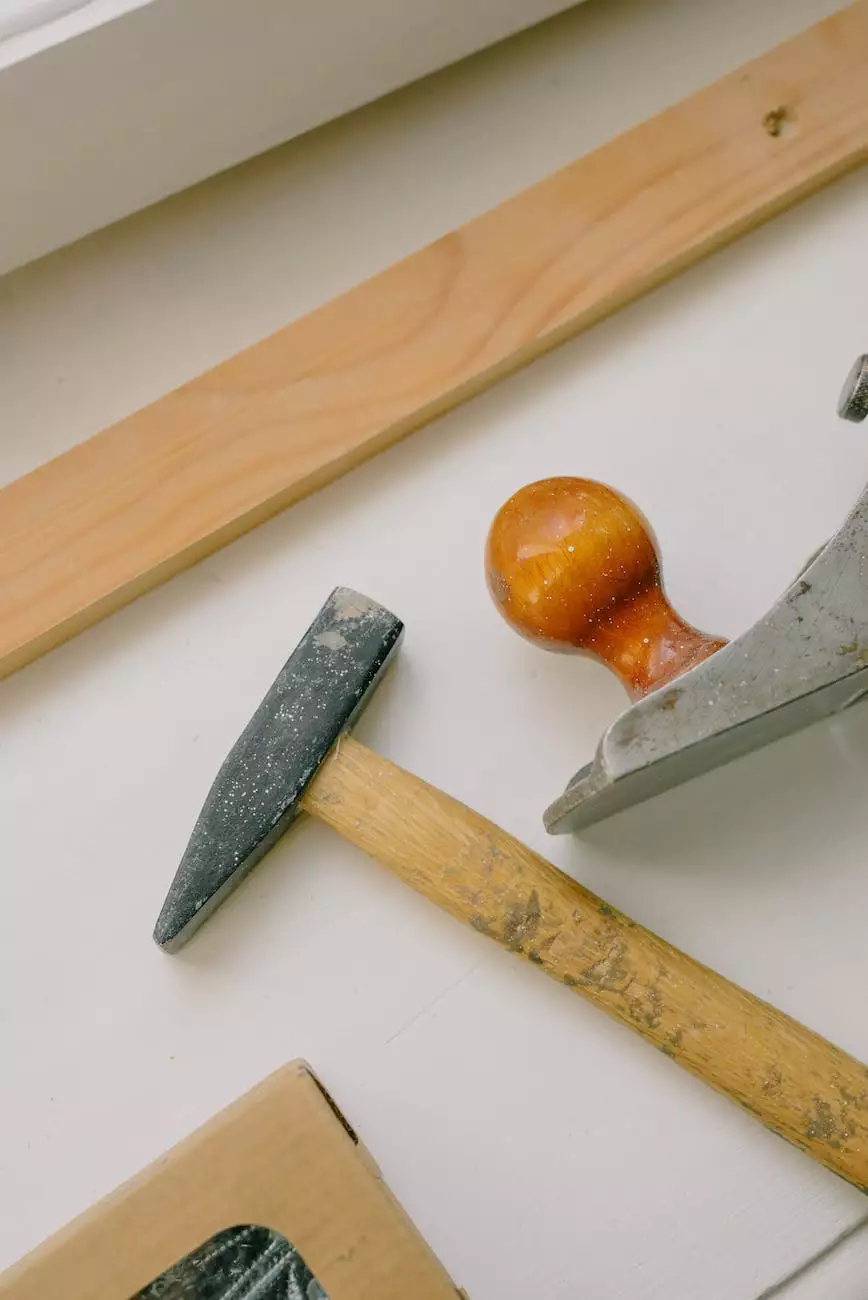Dupuytrens Contracture Patient Guide

Welcome to the Dupuytren's Contracture Patient Guide, brought to you by Thrive Rolfing, your trusted source for comprehensive and alternative approaches to health and wellness. In this guide, we will delve into the details of Dupuytren's Contracture, a common hand condition, its causes, symptoms, treatment options, and ways to manage and support the patients affected by it.
Understanding Dupuytren's Contracture
Dupuytren's Contracture is a progressive hand condition that primarily affects the connective tissues in the palm and fingers. It is characterized by the formation of thickened and fibrous cords, known as Dupuytren's cords, which gradually draw the fingers towards the palm, resulting in limited finger mobility.
Causes and Risk Factors:
The exact cause of Dupuytren's Contracture is still unknown; however, certain factors have been associated with an increased risk of developing this condition. These may include a family history of Dupuytren's, advancing age, male gender, Northern European descent, tobacco and alcohol use, diabetes, and certain medications.
Signs and Symptoms
Dupuytren's Contracture typically develops slowly and progresses over time. Common signs and symptoms may include:
- Thickening of the palm: The palm may develop palpable lumps or nodules.
- Formation of cords: Thick ropes or cords may develop in the palm and extend to the fingers.
- Finger flexion: The affected fingers may gradually bend towards the palm, causing difficulty in extending them fully.
- Dimpling of the skin: The skin over the affected area may become puckered or dimpled.
- Pain or discomfort: Some individuals may experience pain or discomfort, especially when trying to straighten the fingers.
Treatment Options
The treatment approach for Dupuytren's Contracture depends on the severity of the condition and the impact it has on the individual's ability to carry out daily activities. At Thrive Rolfing, we believe in a holistic and patient-centered approach, combining alternative and natural medicine with conventional treatment options, to achieve the best possible outcomes.
Non-Surgical Options:
For milder cases, non-surgical interventions can be effective in managing Dupuytren's Contracture. These may include:
- Physical Therapy: Targeted exercises and stretches can help improve finger mobility and reduce contracture progression.
- Hand Splinting: Wearing a specially designed splint may be recommended to help maintain finger extension and prevent further contracture.
- Hand Massage and Mobilization: Manual therapies, such as Rolfing, can promote blood flow, reduce tissue adhesions, and enhance hand function.
- Medical Injections: In some cases, injections of medications, such as collagenase, may be utilized to dissolve the Dupuytren's cords and improve finger extension.
Surgical Options:
In more severe or advanced cases, surgical intervention may be necessary to address Dupuytren's Contracture. Some surgical options available include:
- Fasciotomy: This procedure involves dividing the Dupuytren's cords to release the contracture and restore finger mobility.
- Fasciectomy: A more extensive surgery where the affected tissue is removed to prevent contracture recurrence.
- Nodule Excision: Surgical removal of the nodules present in the palm, relieving discomfort and improving palm thickening.
It is important to consult with a qualified healthcare professional to determine the most appropriate treatment plan for your unique condition.
Support and Self-Care
Coping with Dupuytren's Contracture can be challenging, both physically and emotionally. At Thrive Rolfing, we understand the significance of comprehensive support for our patients. Here are some tips and self-care measures for managing Dupuytren's Contracture:
- Educate yourself: Learn more about the condition, its progression, and available treatment options.
- Hand exercises: Regularly practice hand exercises recommended by your healthcare provider or therapist to maintain finger flexibility.
- Warm compresses: Apply warm compresses to the affected hand to alleviate discomfort and promote blood flow.
- Healthy lifestyle choices: Maintain a balanced diet, avoid smoking, limit alcohol intake, and maintain a healthy weight to support overall hand health.
- Seek support: Join support groups or online communities to connect with others facing similar challenges and share experiences.
- Regular follow-ups: Stay in touch with your healthcare provider for periodic evaluations and to discuss any changes or concerns.
Remember, you are not alone in your journey. Thrive Rolfing is here to support you every step of the way.
Disclaimer: This content is for informational purposes only and should not be considered as medical advice. Always consult with a qualified healthcare professional for a proper diagnosis and treatment plan.




